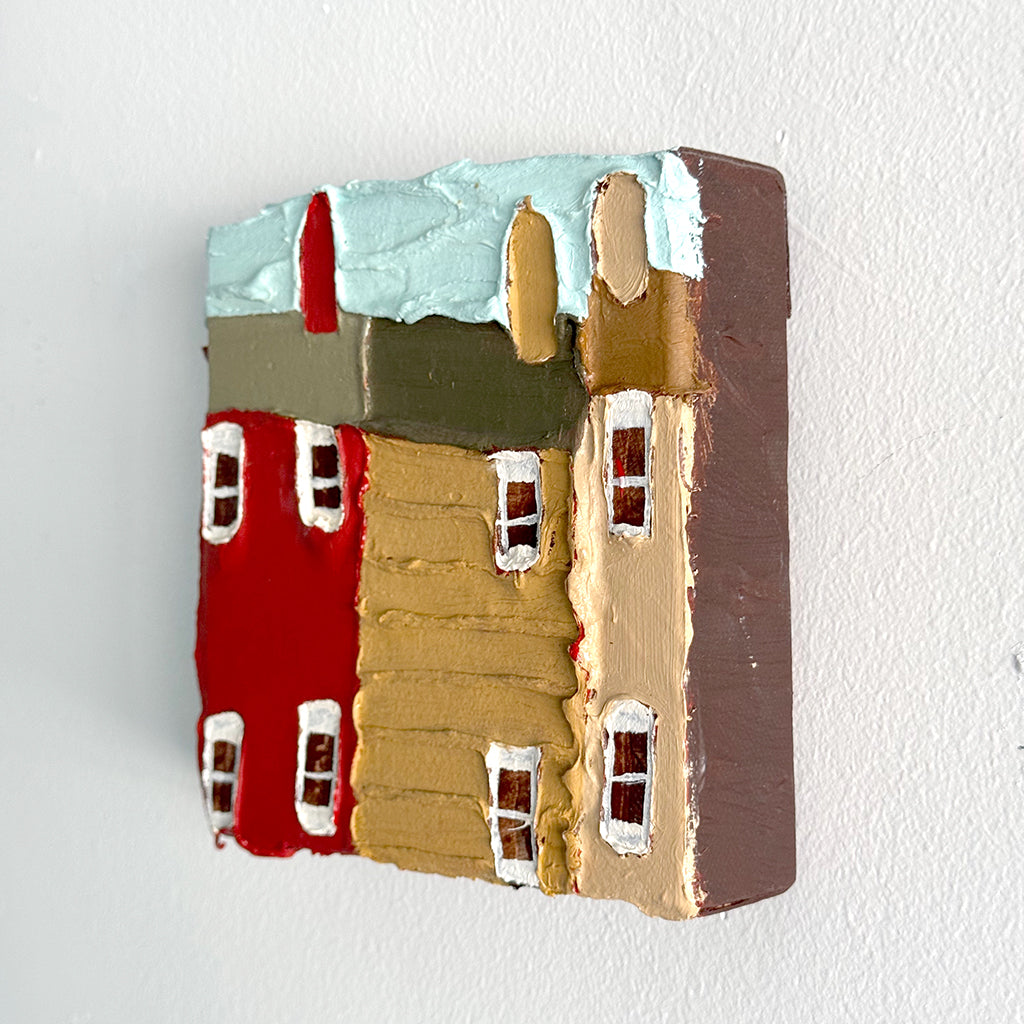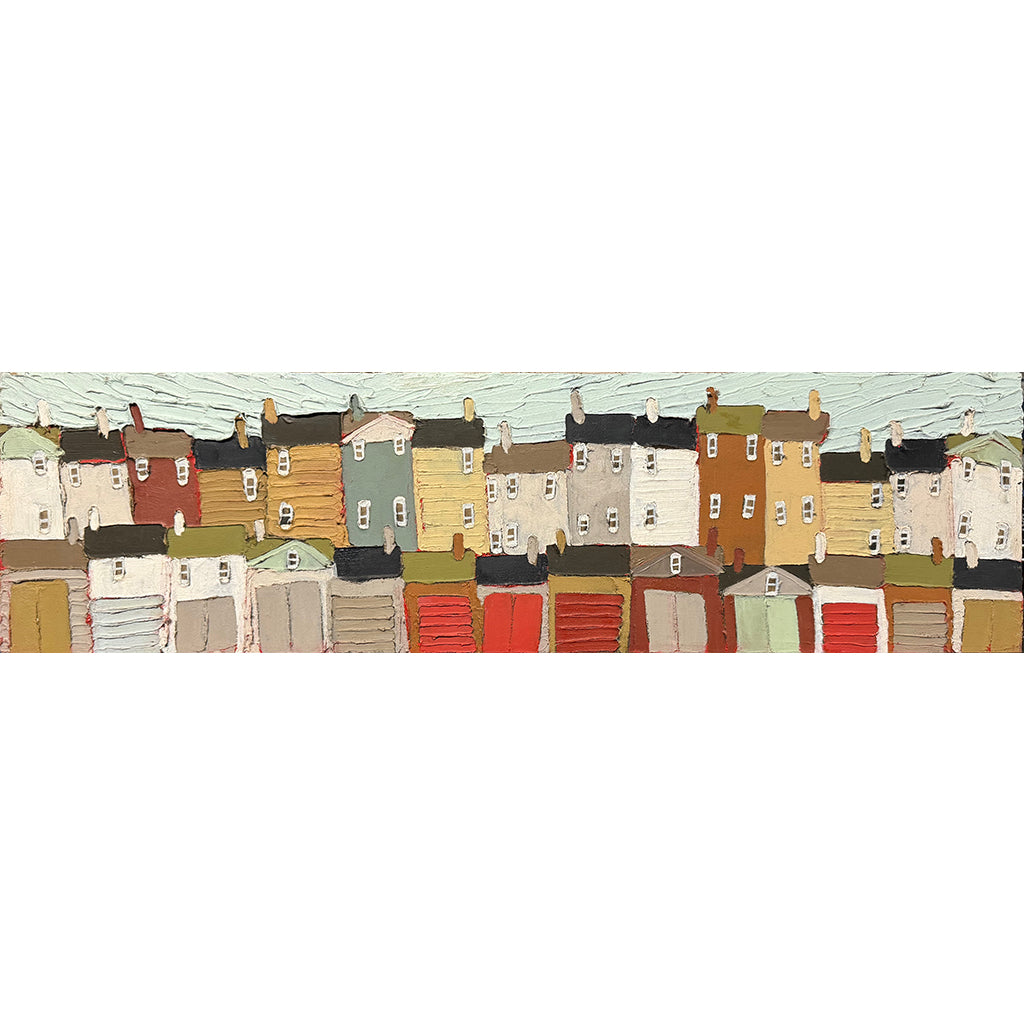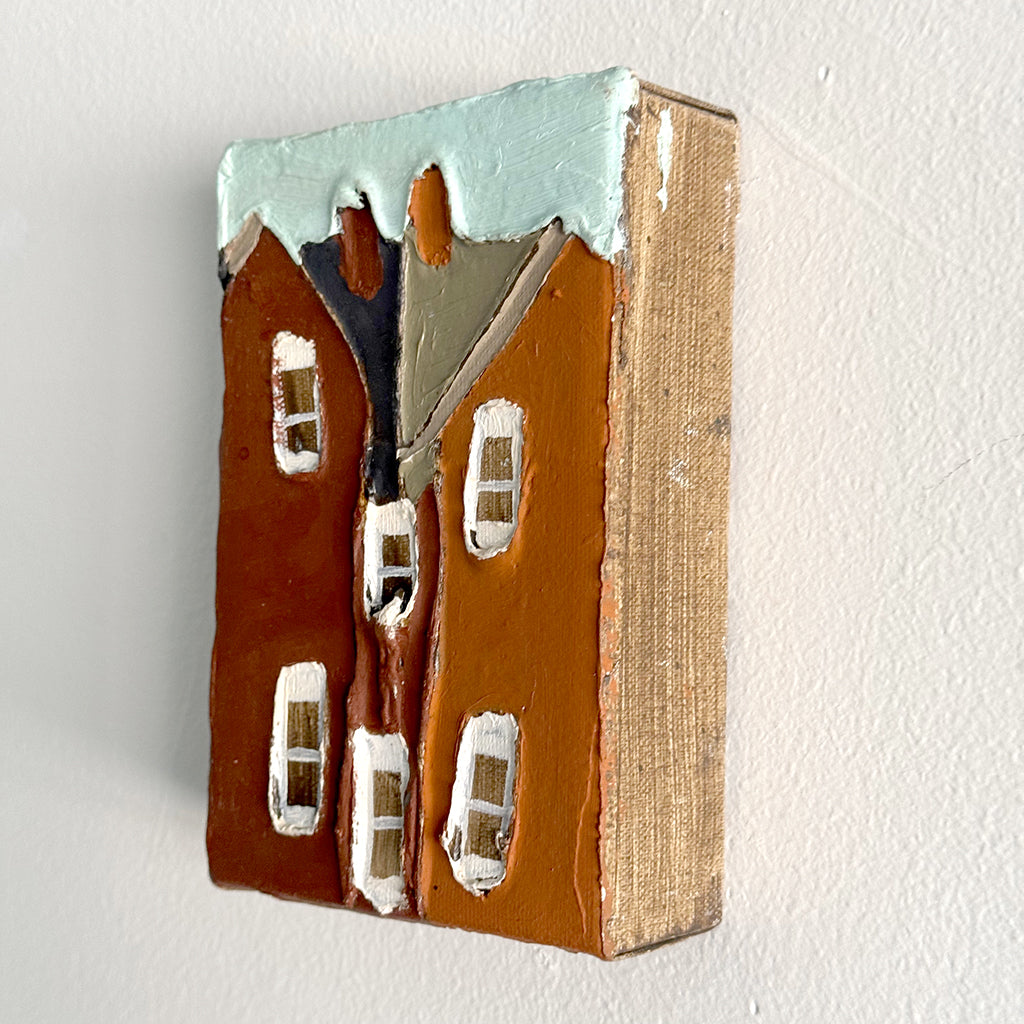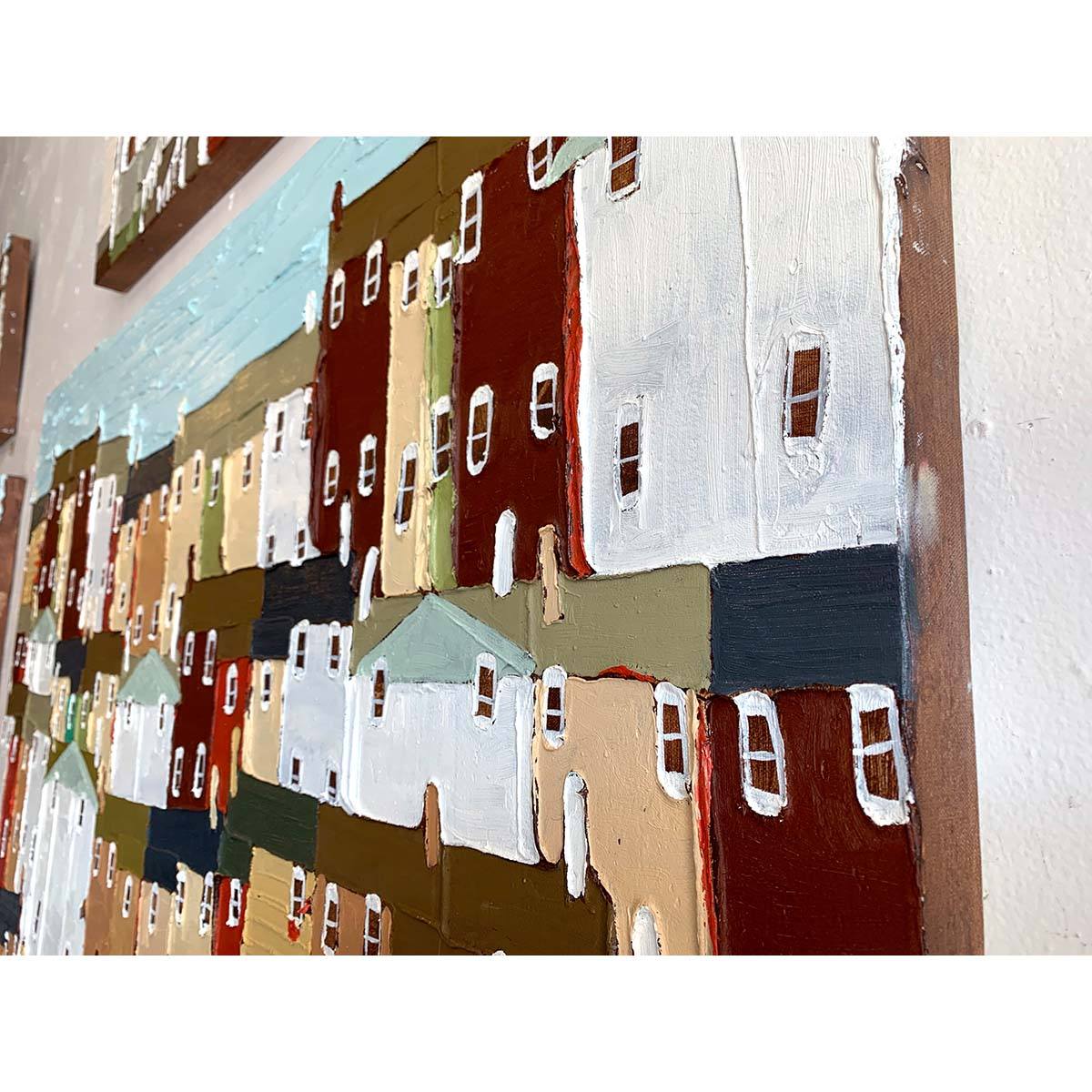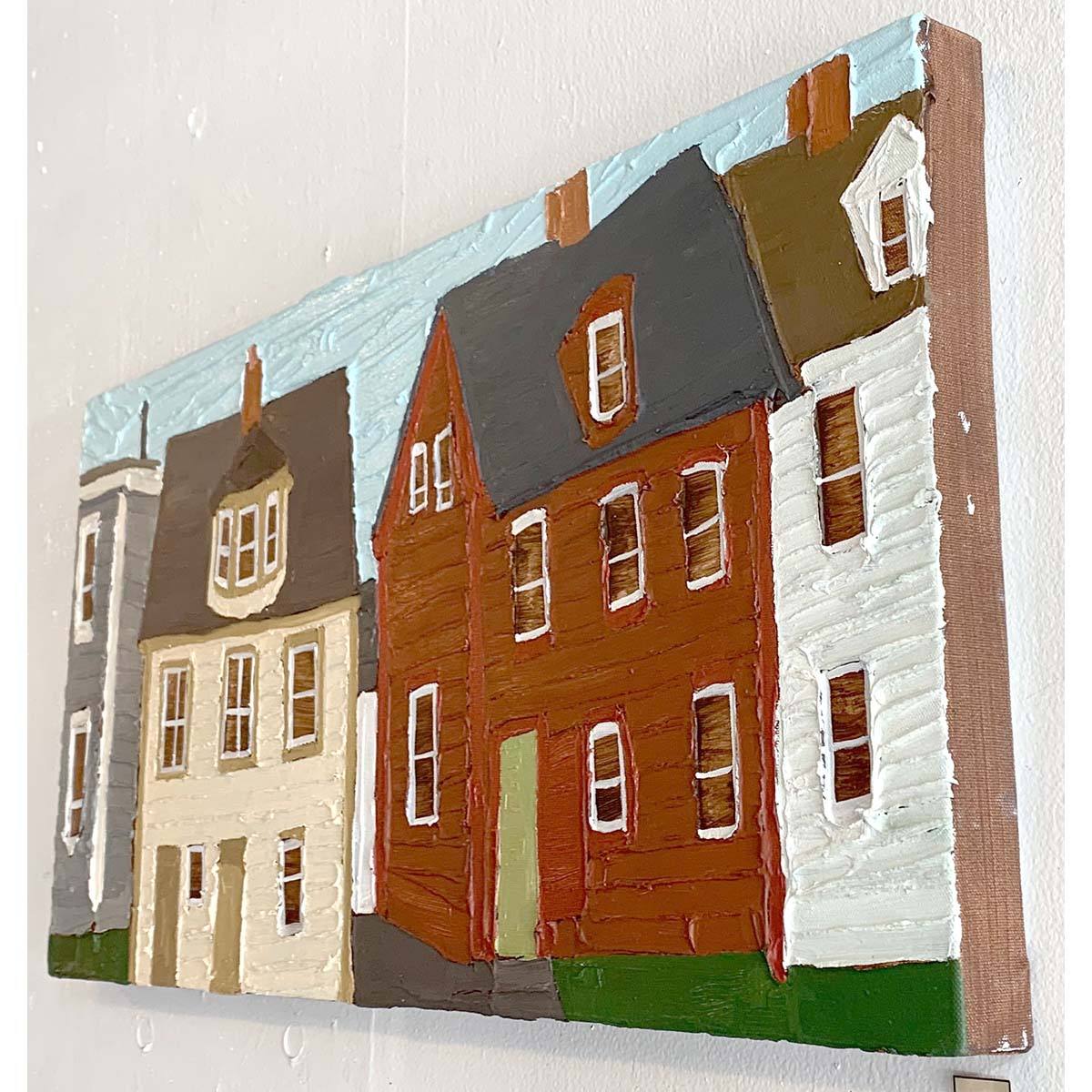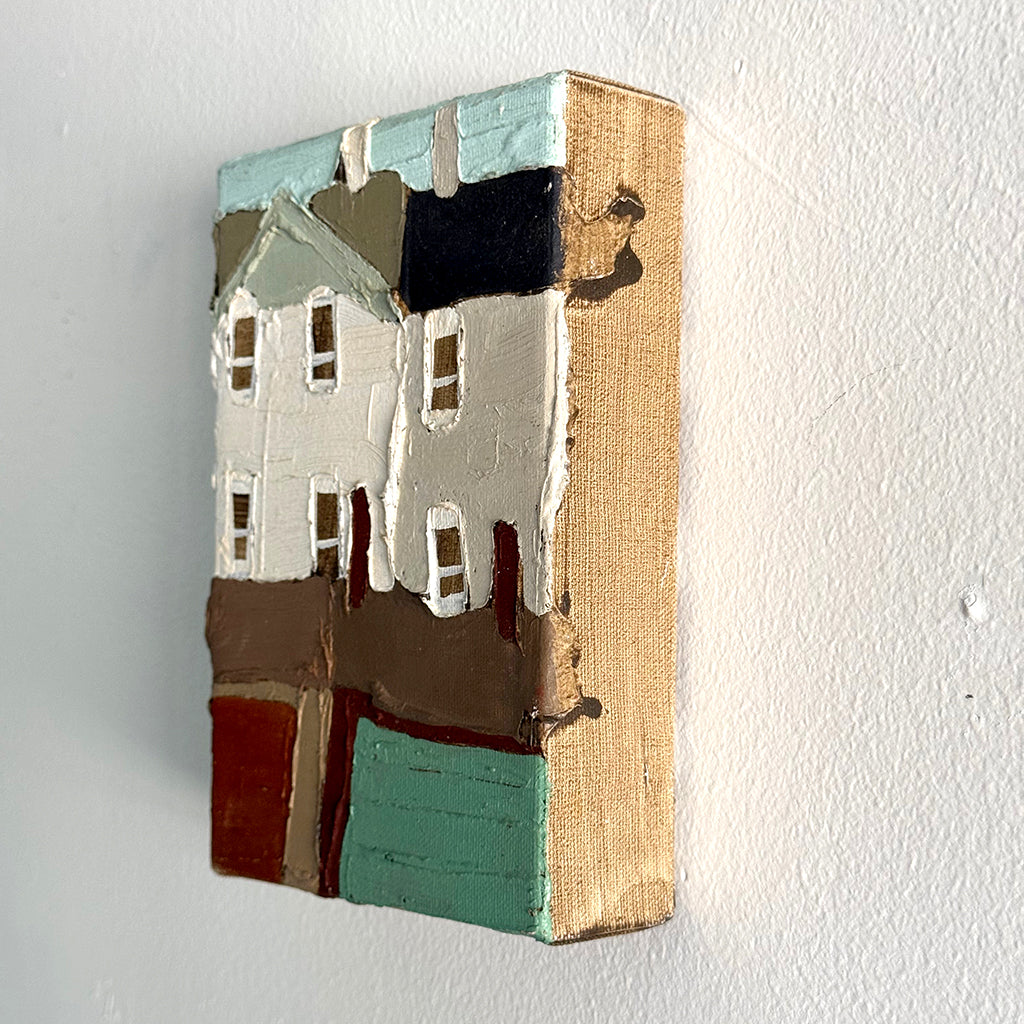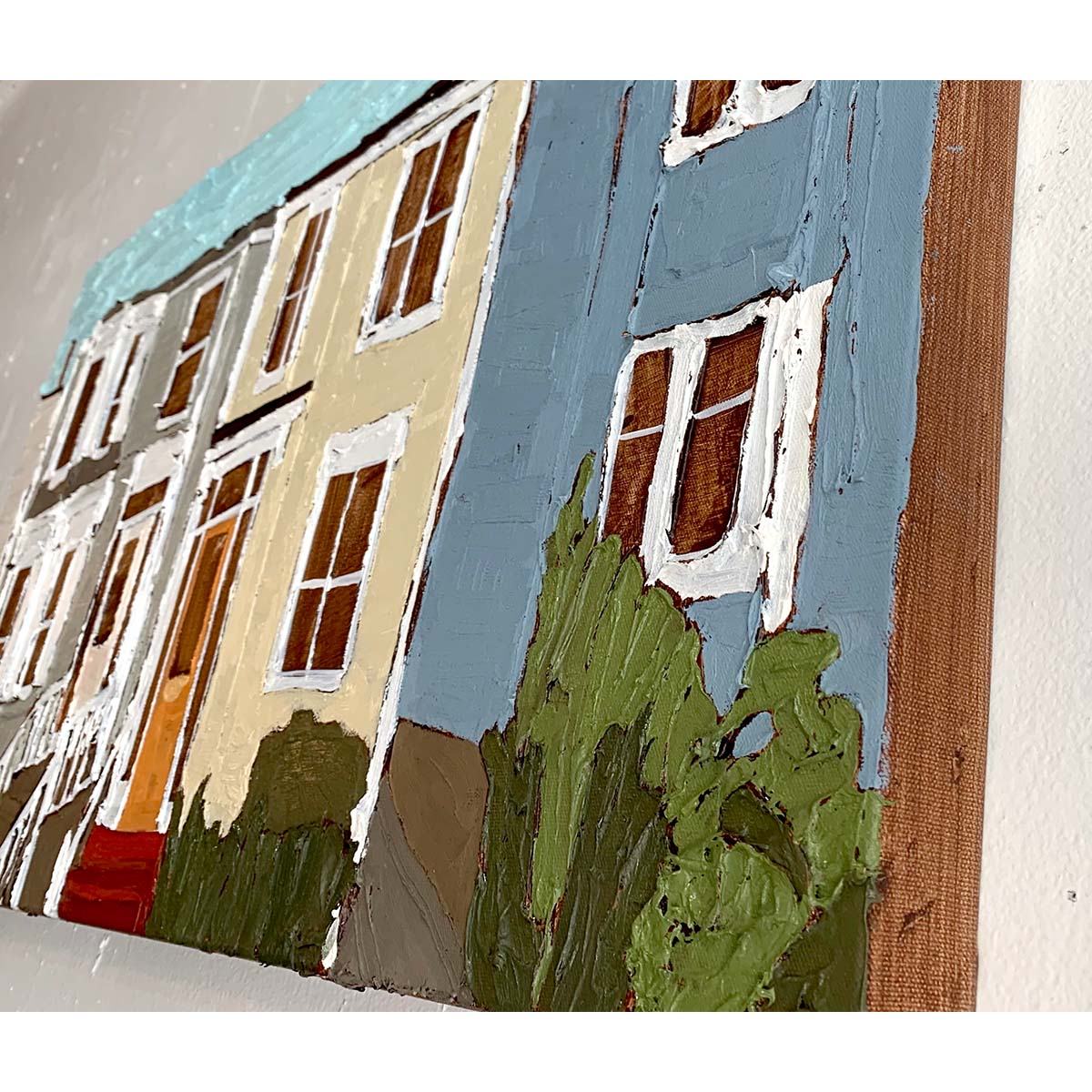We’re still at Canopy but we’ve moved across the parking lot to Trailer 12.
Open Saturdays from 12 - 4pm and by appointment. Email or text us: gallery@yarddog.com / 512-912-1613
We’re still at Canopy but we’ve moved across the parking lot to Trailer 12.
Open Saturdays from 12 - 4pm and by appointment. Email or text us: gallery@yarddog.com / 512-912-1613
Jennifer Harrison was born in Hamilton, Ontario in 1972 and was raised in the neighboring suburb of Burlington. When she was 20, she enrolled in the Communication & Design department at the Ontario College of Art, hoping to pursue a career in television advertising. The program was not what she expected and flustered by mounting debt and the overall college experience she dropped out after less than two years. Her painting career officially began somewhat accidentally in 1999 when a fledgling gallery offered her space in a small group show. Harrison's trademark texture is achieved in several layers. Primed canvases are coated with a thick layer of acrylic polymer, then the wet 'putty' is carved into with paint scrapers, knives, and brushes. A thin coat of dark paint is applied as an undercoat and finally a heavy topcoat of color. Though bright-seeming for the average home, Harrison's colors are more accurate than they appear and are easily found throughout the city. During walks through local alleyways, samples of peeling paint are collected from garages and fences and later matched in the studio with artists' oils. These custom pigments are prepared in large batches allowing each series to share a common, consistent palette. Through her paintings, Harrison attempts to abbreviate houses, garages, and sheds to their simplest recognizable forms. Only elements distinguishable from a distance are represented: brick, siding, trim, roofs, soffits, fascias, eavestroughs, windows, doors, porches. In addition to the clashes of color, the historic character is expressed through a primitive use of perspective and detail, relying on the interplay of texture and shadow as a substitute for light. Snow is the easiest foundation, allowing the artist to omit trees and gardens and to focus solely on the man-made colors of the buildings. The occasional inclusion of hydro poles and laundry lines serve to accessorize the alleyways, a vague reminder of the purpose of structures and highlighting the absence of the residents. With the people, cars, and greenery removed, the buildings become a strange mix of cheerful hues and haunting vacancy.
3 Tiny Houses
jennifer-harrison
3 Tiny Houses
Jennifer Harrison
$300.00
3 Tiny Houses
Jennifer Harrison
$300.00
Blue House
jennifer-harrison
Blue House
Jennifer Harrison
$800.00
Blue House
Jennifer Harrison
$800.00
Eight Houses #1
jennifer-harrison
Eight Houses #1
Jennifer Harrison
$300.00
Eight Houses #1
Jennifer Harrison
$300.00
Four Yellow Houses
jennifer-harrison
Four Yellow Houses
Jennifer Harrison
$3,600.00
Sold
Four Yellow Houses
Jennifer Harrison
$3,600.00
Sold
Green Door
jennifer-harrison
Green Door
Jennifer Harrison
$1,200.00
Green Door
Jennifer Harrison
$1,200.00
Green Garage
jennifer-harrison
Green Garage
Jennifer Harrison
$300.00
Green Garage
Jennifer Harrison
$300.00
Green House
jennifer-harrison
Green House
Jennifer Harrison
$800.00
Green House
Jennifer Harrison
$800.00
Little White House
jennifer-harrison
Little White House
Jennifer Harrison
$800.00
Little White House
Jennifer Harrison
$800.00
Old Blue Porch
jennifer-harrison
Old Blue Porch
Jennifer Harrison
$950.00
Old Blue Porch
Jennifer Harrison
$950.00
Willow Street
jennifer-harrison
Willow Street
Jennifer Harrison
$1,800.00
Willow Street
Jennifer Harrison
$1,800.00
Stay In Touch
Sign up for occasional email announcements of gallery news.
We won't share your information with anyone, ever.


